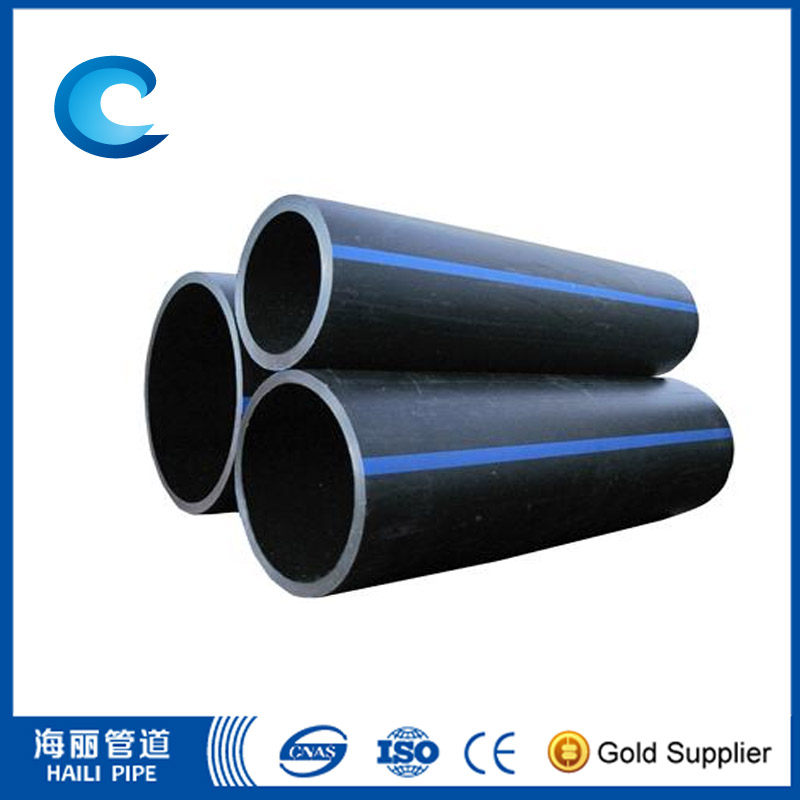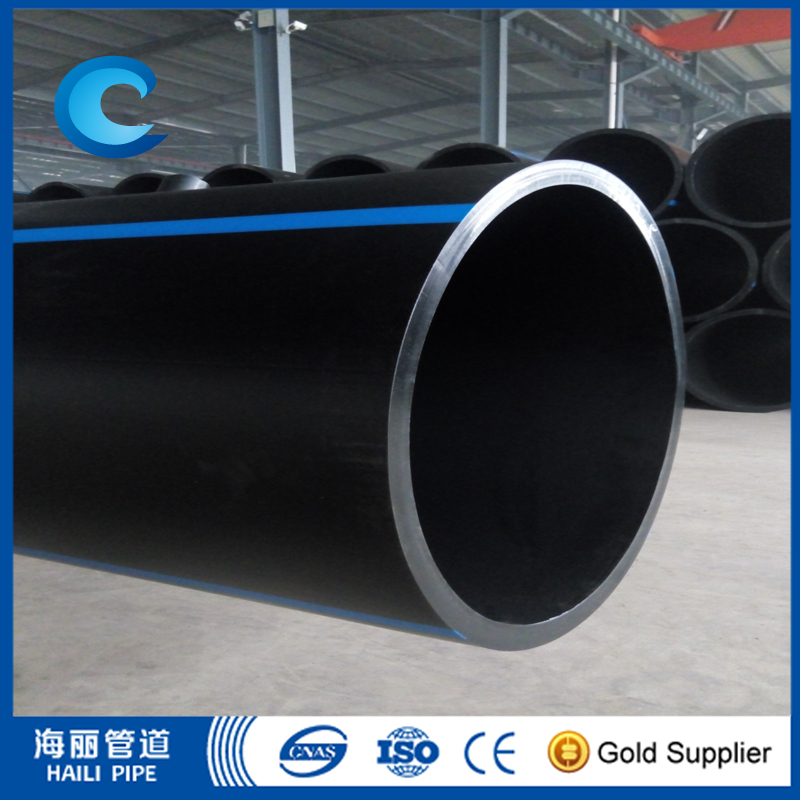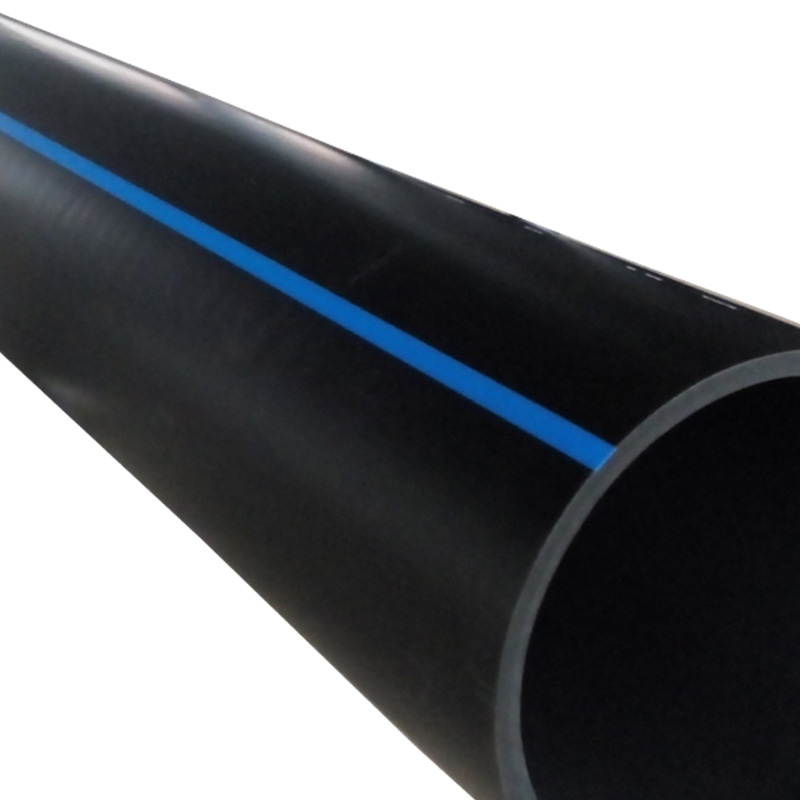Preparation before construction of PE pipe trench
PE pipe is a kind of professional pipe that is often seen in industrial production today. Because it is generally used in large-scale projects, in order to better ensure its application quality, we need to clarify the size of the parts to be avoided before construction and carry out trenches The construction of the groove works and then the pipes are conveniently placed.
(1) Before excavation, firstly grasp the condition of the underground pipeline along the pipeline surface on site to prevent damage during construction.
(2) The data of the bottom width of the PE pipe trench excavation is clear, and it is appropriate to adjust according to the site conditions, which is convenient for the operators to work at the bottom of the groove.
(3) The relative slope coefficient of the excavation slope shall be selected according to the construction site environment, groove depth, groundwater level and soil condition and other factors, and it can be adjusted appropriately under the condition of ensuring the stability of the excavation slope. Note: When the slope top of the soft soil trench is not suitable for setting the static load or the dynamic load needs to be set, the bearing capacity of the soil and the stability of the slope should be checked and calculated.

(4) The distance between the mound and the edge of the PE pipe groove shall not be less than 500mm, and the height of the mound shall be less than 1500mm to ensure safe construction.
(5) For the earthwork excavated from the trench, the earthwork that can be used is accumulated on one side of the pipe groove, and the earthwork that cannot be used is immediately transported to a specific spoil field for accumulation.
(6) The surface layer at the bottom of the ditch should be straight and level, and there should be no gravel, hard block and other protrusions on the surface layer. Pipe trench excavation shall not oscillate the original soil layer at the bottom of the trench. When mechanical excavation is carried out and there is no groundwater, the bottom of the groove should be pre-buried 200mm, and part of the pre-buried part should be cleaned manually before the pipeline is installed.
(7) PE pipes must be laid on the undisturbed soil foundation, partially excavated and partially backfilled and compacted. When there is no groundwater at the bottom of the pan, when the depth of digging is within 150mm, it can be backfilled and compacted with the original soil, and its density is not less than that of the natural soil of the original foundation; when the depth of digging is above 150mm, sand or sand can be used. The soil is rammed and filled, and its compactness is not less than 90%.
(8) When there are abandoned buildings, hard rocks, wood, wastes and other dirt at the bottom of the trench, a layer of laterite or sand with a thickness of not less than 150mm should be laid down after elimination, and it should be leveled and compacted. For rock foundations, a laterite or sand cushion with a thickness of not less than 150mm should also be laid.
(9) Do a good job of drainage measures during trench excavation to avoid being soaked in water.
In order to ensure the quality and safety of the application of PE pipes in the middle and later stages, we must carry out detailed solutions in accordance with the stated solution regulations when carrying out the construction of the trench engineering, and take perfect protective measures after the construction of the project to avoid the deformation or damage of the trench. , so as to ensure the completion of the construction of the project.
How to solve the uneven thickness of PE water supply pipe

When the PE water supply pipe is interfered by various factors in the processing process, it will appear uneven thickness, which will cause uneven bearing capacity of the pipe, and then crack, which is mainly caused by the lack of production process flow. To eliminate it completely, you need to start at the root cause.
①The PE water supply pipe adjusts the wall thickness on the mold, adjusts the size of the gap around the mold, and the large diameter is always up and down.
②Adjust the angle of view of the nozzle in the vacuum setting machine and the spray box to make the pipe cooling evenly
③ Adjust the water outlet of the PE water supply pipe sizing sleeve (groove water hole) to make the water outlet evenly
④Remove the mold, check whether the screws inside the mold are loose, and tighten them again
⑤The large diameter can adjust the wall thickness and draw ratio to reduce the interference of the melting hammer on the wall thickness of the pipe
⑥ Adjust the temperature around the die of the PE water supply pipe, change the flow rate of the melt, and then change the wall thickness (usually used for the production line above dn630-en25, and at the same time, the die heating ring is required to be divided into two pieces on the left and right)
⑦Adjust the concentricity of the PE water supply pipe sizing sleeve and the die core die
⑨ If the vacuum leaks, the surface of the vacuum leak must be thin. Check the vacuum leak.
⑩ Check whether the temperature of the downstairs is stable (usually stable at 65°C - preferably), the hand feeling is not hot, and the water entering and leaving is not enough (for a pipe, the front and back are not uniform)
The pe water supply pipe shall be repaired and repaired before the production of the machinery and equipment, and the maintenance of the room that is likely to be abnormal shall be carried out in advance, so that the thickness of the produced pipe can be made the same. change frequency.









659.webp)
210.webp)
328.webp)

294.webp)
476.webp)


